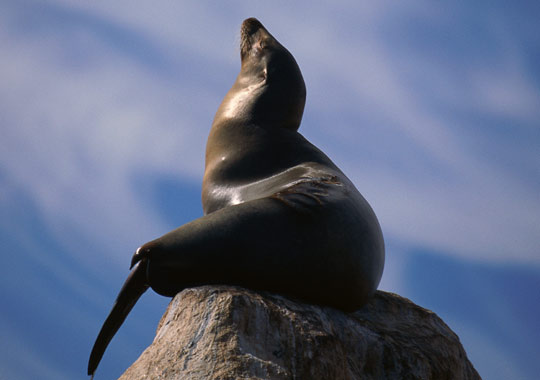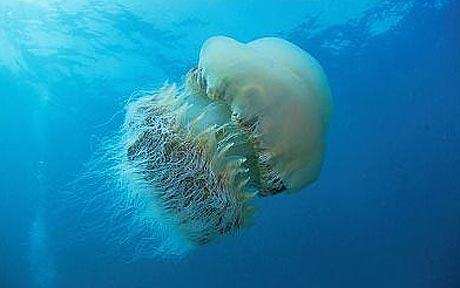
© UnknownThe bloom, which poses no threat to people or pets, has killed thousands of birds since mid-September from northern Oregon to Washington's Olympic Peninsula, Schirato said.
Foam from an unusual algae bloom has killed thousands of birds along the Oregon and Washington coasts in recent weeks, marine biologists said.
Akashiwo sanguinea, a single-cell algae or phytoplankton, strips the birds of their natural waterproofing, said Julia Parrish, a marine biologist and professor at Washington State University.
"It's the largest mortality event of its kind on the West Coast that we know of," Parrish told
The (Portland) Oregonian in a story published Friday. "We're getting counts of up to a million cells per liter of water," she said. "Think about that. That's pretty dense."
Storms have whipped the algae into a substance similar to a sticky soap, which washes off the birds' protective waterproofing oils and causes them to die of hypothermia, said Greg Schirato, a manager for the Washington Department of Fish and Wildlife.


